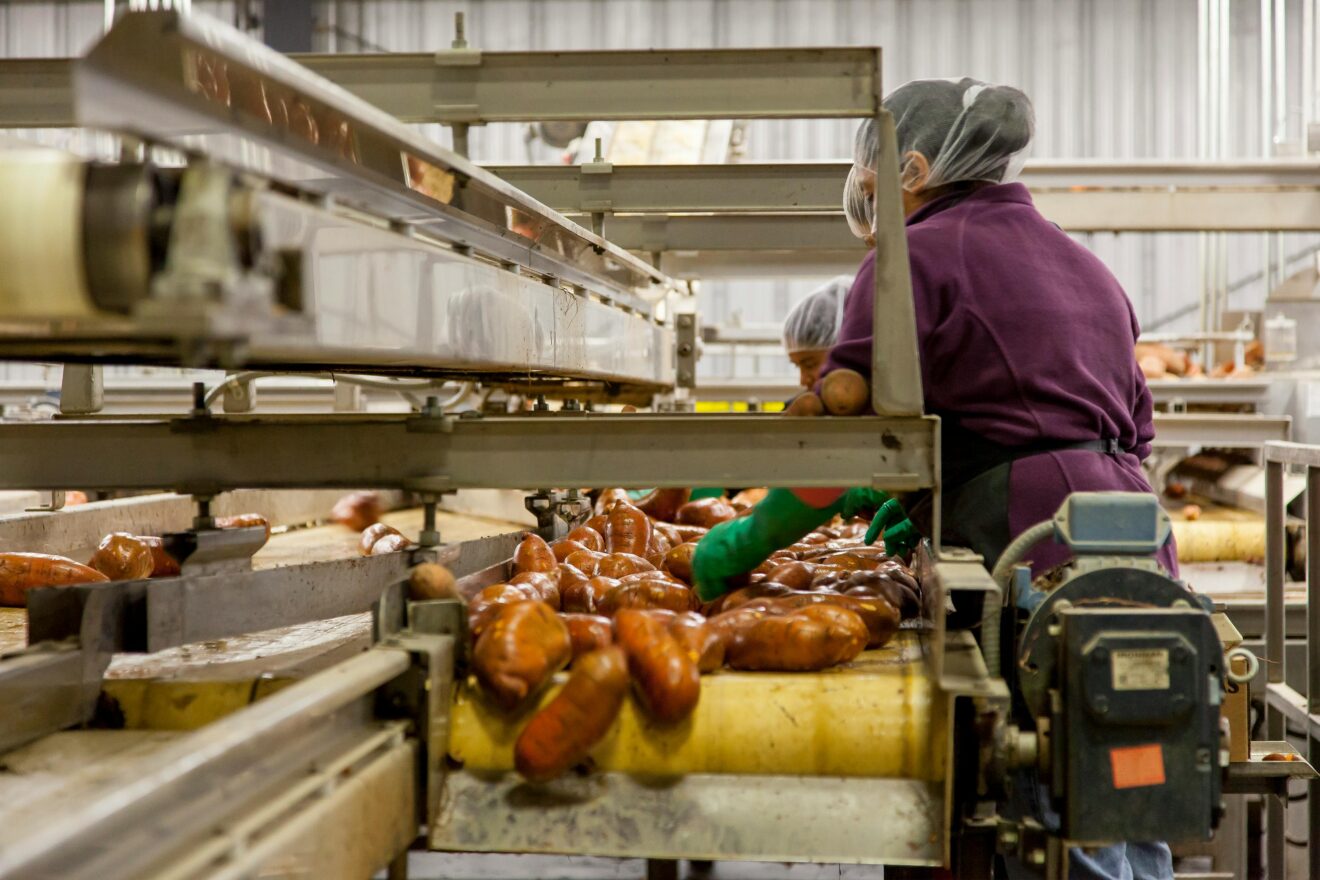From deciphering data requirements to integrating technology solutions, navigating the intricate landscape of the 597-page Final Traceability Rule (FSMA Section 204) presents a formidable challenge for manufacturers striving to uphold food safety standards. As manufacturers must find their way through a multifaceted framework to meet regulatory standards, Tiffany Donica, food and beverage industry consultant for SafetyChain, delves into the complexities of the rule and provides actionable insights for compliance. As the January 2026 compliance deadline looms, understanding the role of digital plant management platforms in harmonizing operational efficiencies with regulatory requirements becomes paramount.
How complex is the 597-page Final Traceability Rule/FSMA Section 204 to navigate, and for manufacturers, what are the trickiest components of the rule when it comes to application?

The Final Traceability Rule (FSMA Section 204) sets out detailed requirements for manufacturers to maintain records, follow traceability protocols, and integrate technology to enhance traceability efforts. Some of the most challenging components for manufacturers include data requirements, traceability protocols, recordkeeping, technology integration, and supply chain complexity. Manufacturers must ensure they have systems in place to collect, manage and share data, follow specific traceability protocols, maintain detailed records, invest in technology solutions, and coordinate with partners in complex supply chains. While the rule aims to improve food safety and traceability, meeting its requirements can be complex and require significant effort and resources.
How long do companies have to get in compliance with the rule? What happens if they do not achieve compliance by the deadline?
The Food Traceability Rule (FSMA 204) went into effect January 2023, 60 days after the final rule publication in November 2022. The FDA will give companies a period of three years to comply, so you will have until January 20, 2026, to become fully compliant.
If a company does not achieve compliance with the Final Traceability Rule by the deadline, they may be subject to enforcement actions by the FDA. These actions can include warning letters, fines, product recalls and legal consequences. Non-compliance with food safety regulations can have serious consequences for companies, including damage to their reputation, financial losses and potential legal liabilities.
What role can a digital plant management platform play in helping manufacturers achieve compliance and what should they look for when implementing a system?
A digital plant management platform can play a crucial role in helping manufacturers achieve compliance with the FSMA 204 rule by providing real-time monitoring and tracking of food safety data, automating record-keeping processes, ensuring proper documentation of procedures and facilitating quick access to information during audits. When implementing a system, manufacturers should look for features such as robust data analytics capabilities, integration with existing systems, user-friendly interface, customizable reporting tools and scalability to accommodate future regulatory changes.
In what ways can food manufacturers collaborate with suppliers and distributors to create a standardized approach that meets regulatory requirements while maintaining operational efficiency? What measures can food manufacturers adopt to enhance the accuracy of their traceability data throughout the supply chain?
Food manufacturers can collaborate with suppliers and distributors by establishing clear communication and sharing information on regulatory requirements. They can work together to develop standardized processes and procedures that ensure compliance with regulations. This can include regular audits, training programs and documentation to track and monitor compliance.
To enhance the accuracy of traceability data throughout the supply chain, food manufacturers can adopt measures such as implementing digital tracking systems, using barcoding technology and conducting regular data audits. By ensuring that all data is accurately recorded and updated in real time, manufacturers can improve traceability and quickly identify any issues that may arise in the supply chain.
Long term, how do you see Section 204 affecting the food industry?
It could potentially have a significant impact in improving food safety, supply chain transparency and recall effectiveness. Enhanced traceability can help quickly identify and address food safety issues, reduce the scope of recalls, and build consumer trust in the industry from a regulatory perspective.
One potential limitation of this rule is the heavy burden placed on manufacturers for compliance. This should be essential to extend this responsibility to include farmers or growers, as they are the starting point of the process. Without implementing guidelines across the entire supply chain, achieving full compliance with the specified rules and regulations will remain challenging.
Related stories:
- Building the refrigeration technician workforce of tomorrow
- FMI leader lays out 6 imperatives facing the food industry today
- Smart labels, sustainability and food safety: What’s new, now and next in food packaging innovations
_____________________________________
If you liked this article, sign up to receive one of SmartBrief’s Food & Beverage newsletters. They are among SmartBrief’s more than 250 industry-focused newsletters.
